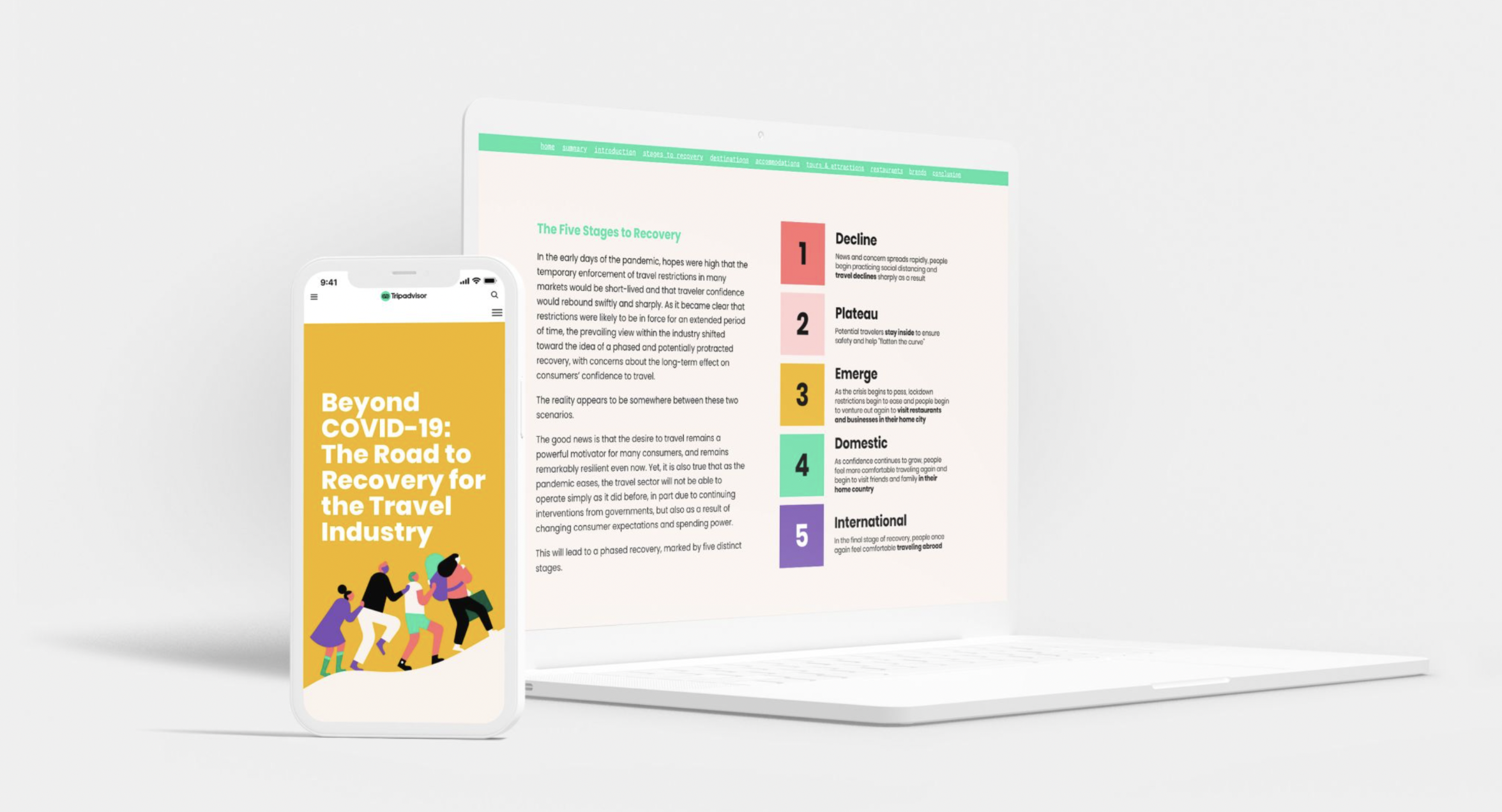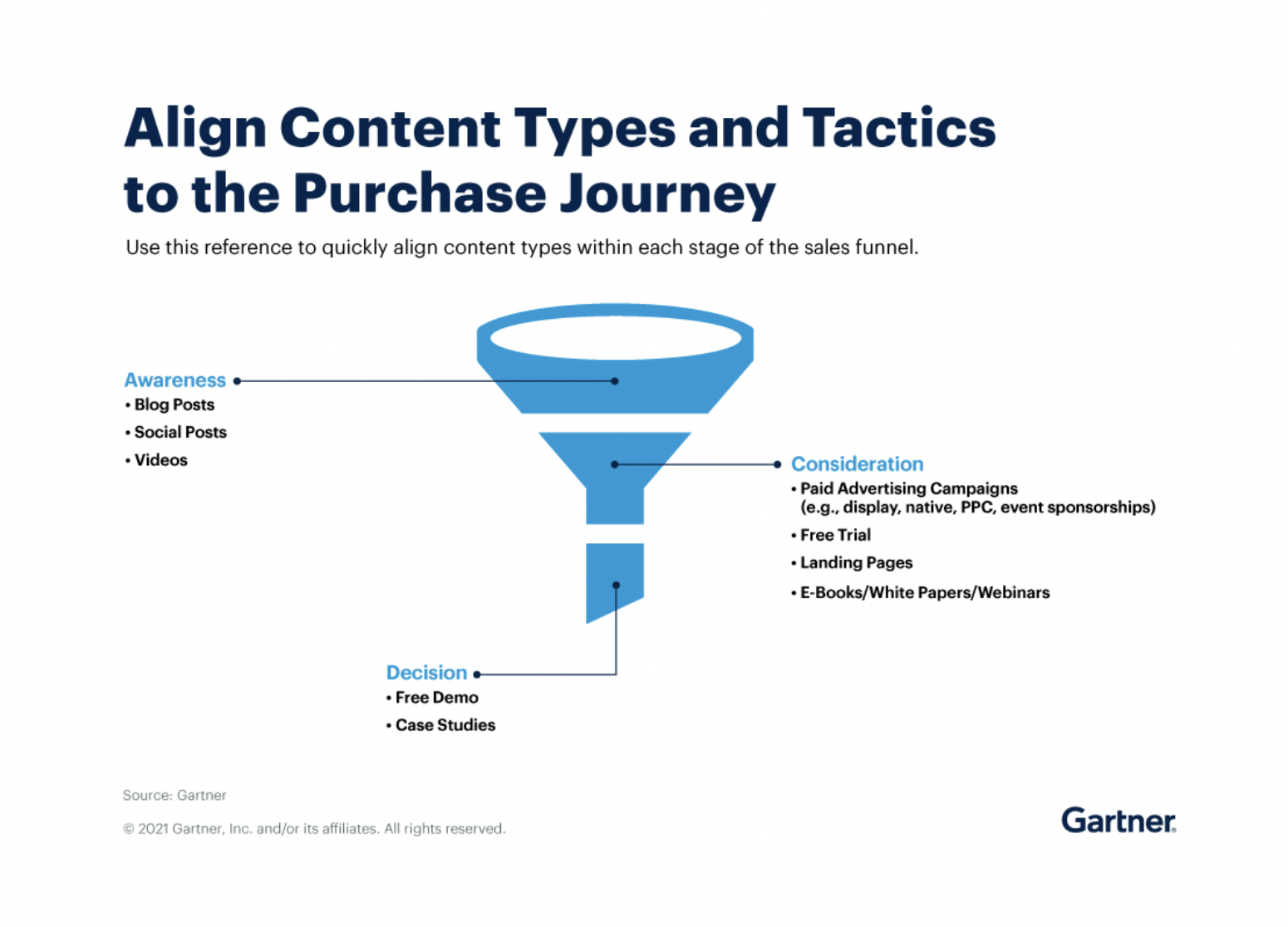How marketers can use white papers

Want to demonstrate your authority, generate demand and shortcut your way to a ton of blog and social media content? Marketing, it’s time you met the white paper.
by Claire Deane
White papers have been used by consultants, think tanks and NGOs for decades. More recently, marketers have used them for lead generation, brand building, and to move prospects along the purchase funnel. While a white paper will certainly take you more time to put together than a blog post, there are plenty of benefits (we’ll get to that shortly).
But remember: if a white paper takes you months to put together, you want to be darn sure that people will read it. And publishing a white paper in PDF format is the perfect way to ensure it’ll get read by your mum, and nobody else.
Don’t just take our word for it. A study by the World Bank showed that more than 31% of the reports they published in PDF format (that’s 517 separate research papers) — were not downloaded a single time.
The key to wringing every drop of value from a white paper? Ditch the PDF and create it in an immersive format that will help your reader get the most out of your piece.
In this guide, we’ll cover:
- What is a white paper?
- What is a good white paper?
- The evolution of the white paper
- Why a white paper?
- How to create an awesome white paper
- Now what?
We’ll also show off some examples of white papers along the way to inspire your next creation.
Start creating with Shorthand
It's the fastest way to publish beautifully engaging white papers, reports, internal comms, and more.
What is a
white paper?

White papers are deeply-researched thought leadership pieces designed to educate readers and demonstrate expertise. They are long-form informational documents, combine data and infographics, and clearly showcase why your organisation is an influencer on a particular topic.
White papers are most often used in B2B marketing, but have become widely adopted by digital marketing and communications professionals across many different industries.
Sometimes, readers will need to provide contact information to download a white paper. This information is then piped into a range of marketing tools, such as a CRM or marketing automation solution. A sales team may then use this data to reach out to qualified prospects.
Other types of white papers are made freely available to help build a reputation for excellence. These white papers will be used as a part of a broader content marketing strategy.
Read our roundup of white paper examples.
Okay, so what is
a good white paper?

A good white paper is:
- Longform. HubSpot says at least six pages, but, as always, quality is more important than quantity. Interactive white paper formats can feature imagery, maps, graphs and other elements to help the story, making word length less relevant. You’ll still need enough space to outline your research and share your opinion.
- Targeted. Don’t try to be all things to all people. Your subject matter should target a specific audience on a specific topic.
- Interactive. Have we mentioned the terminal decline of the PDF? PDFs don’t get read, but interactive, digitally published pieces can bring all the best elements of the web (imagery, video, graphics, maps etc.) together to really help you make your point.
- Well researched. A good white paper needs to be grounded in data and research. Make sure your sources are credible, you’ve referenced them well, and you’re presenting the whole picture.
- Not a sales pitch. The best white papers go softly, softly on the selling. Instead of pitching your services outright, you’re letting potential customers draw their own conclusions based on the strength of your argument and quality of your thought leadership.
- Include fact and opinion. Facts on their own make for a pretty dry read. Conversely, if you’re just sharing your opinion, you might as well go on talkback radio. A great interactive white paper combines the two, drawing strong conclusions and providing actionable takeaways.
- Readable. Include an executive summary and check for readability. Make sure the writing and design is punchy enough to keep the reader’s attention. And, for goodness sake, proofread it before you hit publish.
From print to pixels: the evolution of the white paper

According to the Stanford Law School, the term 'white paper' came from a time when government papers were “coded by colour to indicate distribution, with white designated for public access”. Originally printed and bound, white papers came into their own with the advent of digital publishing, traditionally hidden behind email gates designed to capture leads that could then be used for prospecting.
More recently, the white paper has evolved again, as the marketing world heads towards a demand generation approach.
White papers are now being used to demonstrate thought leadership and build brand awareness, attracting the attention of high quality, and already self-qualified, leads. And since the key to a great white paper is making sure it gets read by your target audience, smart marketers are ditching the text-heavy PDFs in favour of interactive, immersive formats.
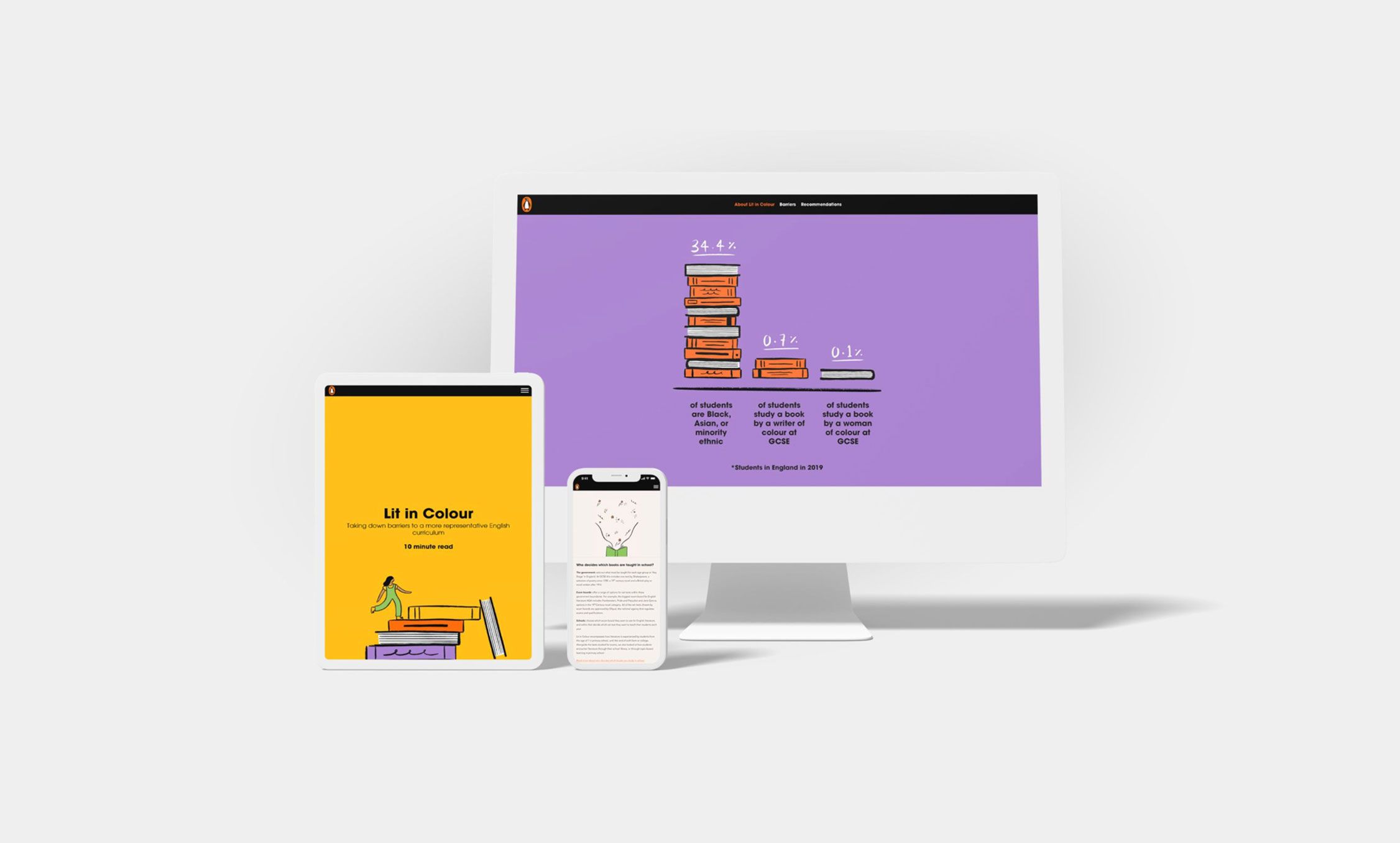

Why a
white paper?

The goal of content marketing is to build brand awareness for potential customers at the top of the funnel, and move those prospects closer to a purchase through education, insight, and thought leadership. An immersive white paper ticks all the boxes, by:
- Showing off your chops. White papers are a combination of fact and opinion, and they help establish you as the authority on a particular topic. Demonstrating your thought leadership and credibility goes a long way to convincing prospective customers that you can walk the talk, and will be able to bring unique insights to solving their problems.
- Generating demand. White papers demonstrate why clients would be mad not to want to work with you. They raise brand awareness, encouraging highly qualified leads to reach out to you. Given that these leads already know what you’re all about, they are far easier to convert to paying customers.
- Going deep. A white paper lets you do more than scratch the surface of a topic. You can go in-depth, bringing together a range of sources, interactive content, and insights to truly educate your target audience.
- Kickstarting content creation. White papers are a flagship piece of content that can fuel content across other channels. One white paper can be the catalyst for multiple blog posts, social media posts, email marketing campaigns, and landing pages. The best content doesn’t just sit on your website. It works hard to reach your audience on as many different channels as possible.
- Courting the search behemoths. Content that’s trapped inside a PDF is doing nothing for your search engine optimisation. Google loves longform content that meets a true customer need, and the shareability of white papers make them perfect SEO fodder. If your ideal customer is searching for a solution to a specific problem, and your interactive white paper provides the answer, you’re likely to show up at the very top of the search.
- Creating collaboration opportunities. White papers, while great as a solo endeavour, are even better when created with collaboration in mind. Source quotes and research from other sources, or write one in partnership with your brand friends. You’ll not only get a better quality finished product, you’ll also have an asset that will be shared by multiple entities across a range of different channels. This increases your distribution opportunities, making it more likely that your ideal customer will see it.
How to create an awesome white paper

By now, you’re no doubt convinced that a white paper is a must-have part of your content marketing strategy. However, creating a great one is more than just banging out a bunch of stats and adding your commentary. In order to create a truly awesome interactive white paper, you’ll need to:
- Get clear on your purpose. Why are you writing a white paper in the first place? Whether it’s to generate more social media content for your channels, demonstrate your thought leadership, or to provide value to your target audience, getting clear on your why will help you create with purpose.
- Understand who you’re talking to, and what they want. Marketing 101 – know who you’re talking to. Not only does knowing this make it a whole lot easier to actually write the white paper, it’ll mean it’s far more likely to do the job of converting readers into customers. Think about what problem you’re trying to solve, how this information might be best consumed by your audience (imagery, graphs, maps etc.), and even the keywords your customers might search to find your white paper.
- Do your research. Look for a variety of credible sources (Wikipedia ain’t it). Take into consideration both sides of the argument and make sure you’re making note of your references as you go. To give extra credibility to your white paper, you’ll want to source your references throughout, demonstrating that your opinion on your topic is well founded.
- Lay out your structure. Instead of launching straight into the words, take the time to plot out your white paper structure. The methodology we follow is to list all the major headings you need to cover, and dot point under each the main elements you need in that section. This will make actually writing your paper easier. Drop your references into your template so that it’s easy to quote them when you’re ready to write.
- Get writing. Time to fill in the blanks in your structure. Always start with a first draft. Instead of editing yourself on the fly, get all the words out on paper and then take the time to go back and revise.
6. Make it beautiful. Interactive white papers are more than just words on screen. They integrate imagery, video, maps, graphics, charts, case studies and more to help tell a story. Tools like Shorthand make it super easy to design interactive white papers that keep your audience scrolling. More importantly, these elements make it easier for customers to absorb your content, so they’ll actually learn something while associating this with your brand.
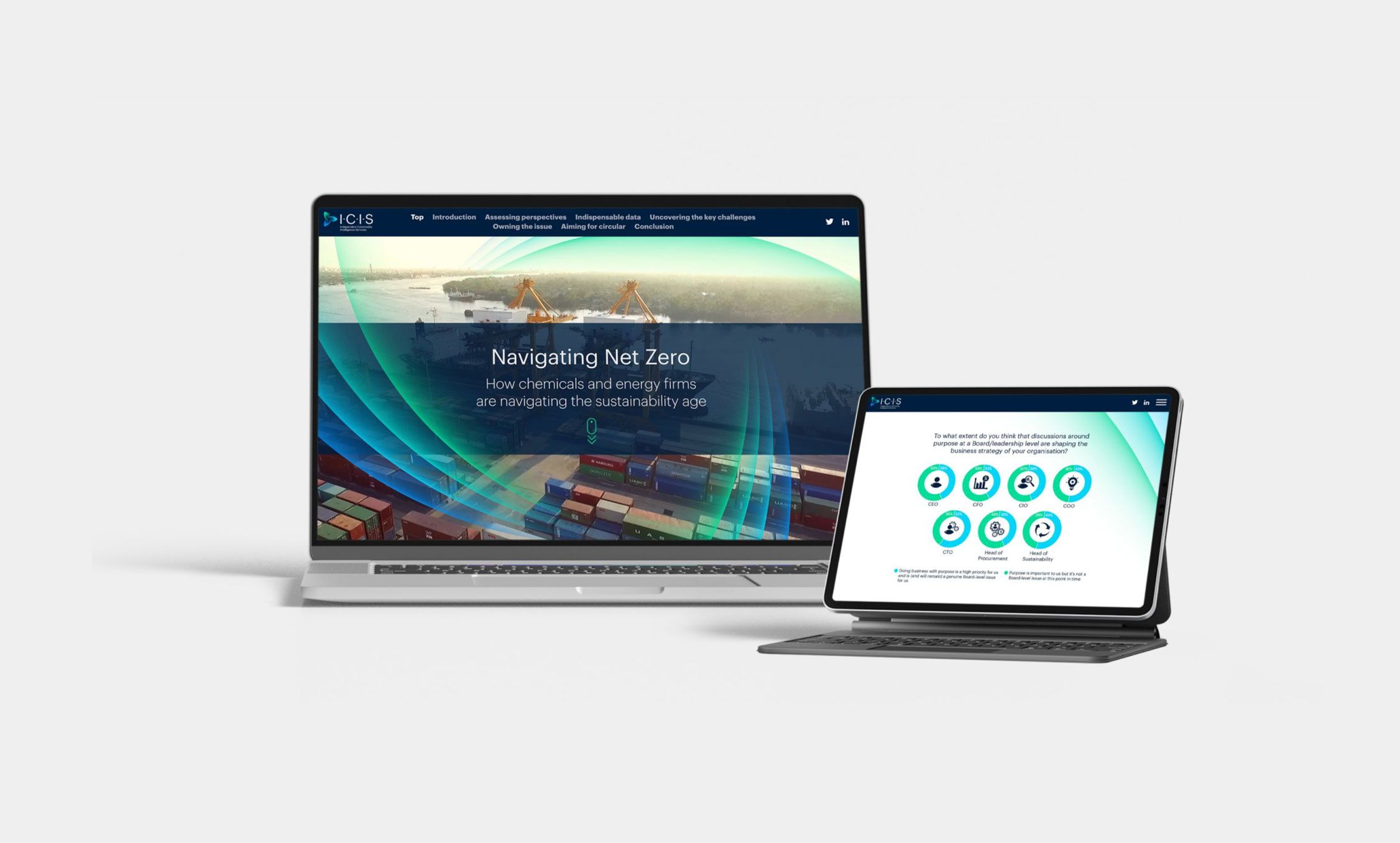
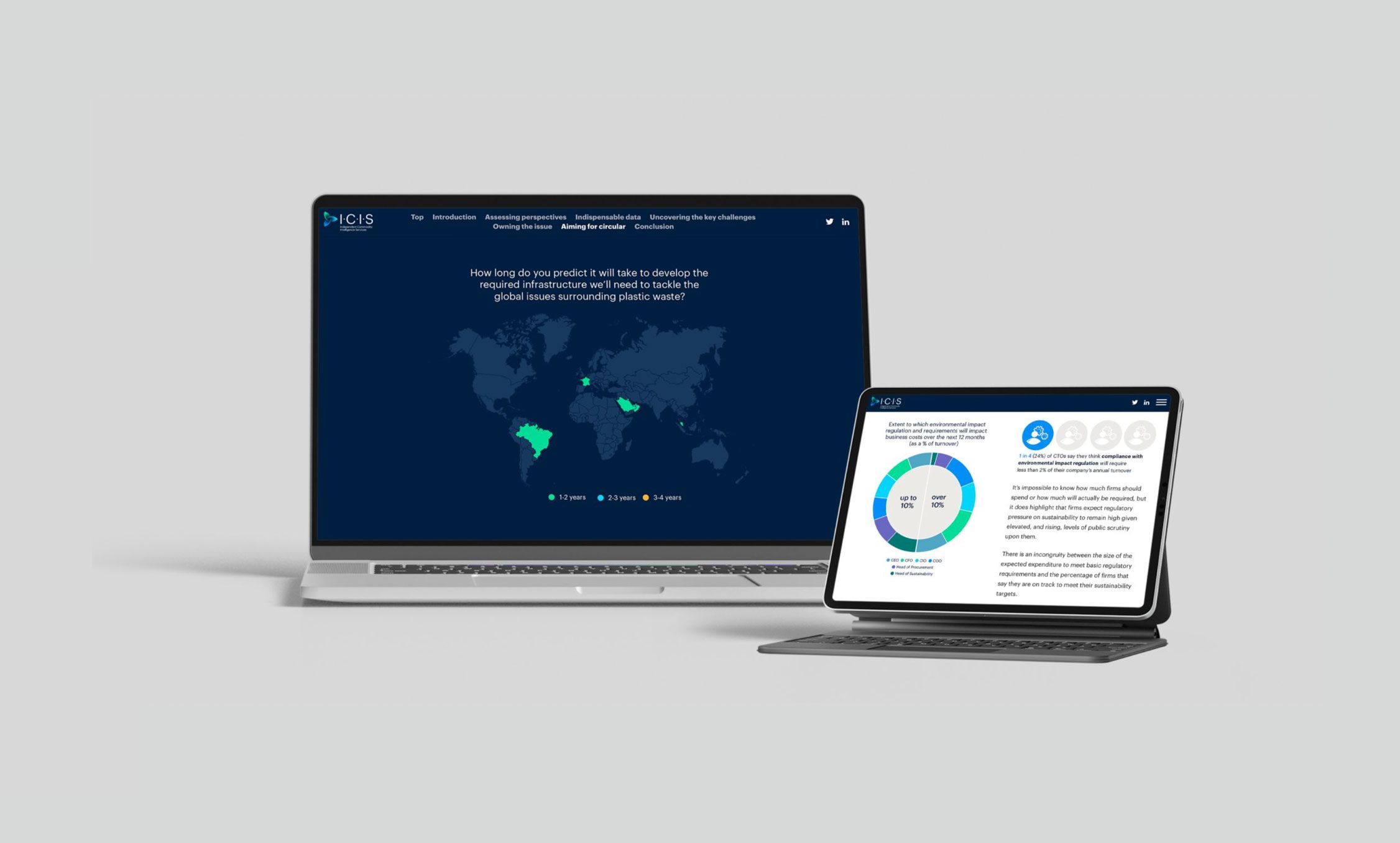
You’ve written an immersive white paper. Now what?

As with all great content pieces, your job doesn’t finish when you hit publish. Getting your immersive white paper in front of your audience comes down to your distribution strategy – which some experts say is where you should be spending the majority of your time when creating any piece of content. Start distributing your white paper by:
- Sharing it on social media. Don’t just share a link! Pull out the best bits of your research and turn them into social tiles, video snippets, and carousels and schedule them over weeks and months. This content is evergreen, and can be shared multiple times, meaning you can get a whole lot more out of your white paper. This type of content works particularly well on LinkedIn. Pull out your top learnings and share them, with a link to your white paper in the comments of your LinkedIn post.
- Distributing it to your email list. As above – don’t just share a link and be done with it. Pull out a chapter at a time, share some of your favourite quotes, pull out the best charts and videos and send them to your database. The point of a white paper is not to be one-and-done, it’s an asset that can be leveraged long term.
- Hosting it on your website. An immersive white paper can be hosted on your website where you’ll reap the SEO rewards well into the future. Brand and paid marketing activity typically leads audiences to your website, where they can discover your white paper and delve deeper into your thought leadership, even if they weren’t looking for it.
- Making it easy to download. People consume content differently. Some of us love to scroll a web page, others like to be able to save content that we can access after the fact. Giving people multiple ways to read your content means they are more likely to get value from it, and share it far and wide.
- Offering it as a gated asset. White paper aficionados will often email gate their content, requiring users to enter their details before being granted access. This can be a great way to collect leads that can then be marketed to via email sequences. Depending on your audience and the purpose of your white paper, this can work really well. If you’re looking to use your white paper as a demand generation tool that builds your brand awareness, consider offering it to users without requiring them to sign up.
- Paid advertising and sponsored content. Boost your content across social media channels or increase your distribution by working with industry publications. You can use sections of the white paper to create shorter articles that can be used as sponsored content in relevant publications with a wider readership than your own.
- Working with collaborators and brand friends. Share your white paper with your brand friends and collaborators, encouraging them to share on their channels. Even better, pull quotes and insights from them when relevant, so they have a vested interest in helping you spread the word.
White papers are an important part of your content marketing strategy. In an increasingly digital world, content marketers are leaning into immersive white papers as a way to build brand awareness and position their organisations as thought leaders. Educating customers with deep research and well-crafted opinions provides a way to demonstrate what it’s like to work with you, and the value you can bring, leading to more, higher-quality leads.
The key to a well-read white paper is to avoid hiding your best work in a PDF. Instead, take inspiration from the best content marketing has to offer by creating white papers that bring together design elements that take readers on a journey.


